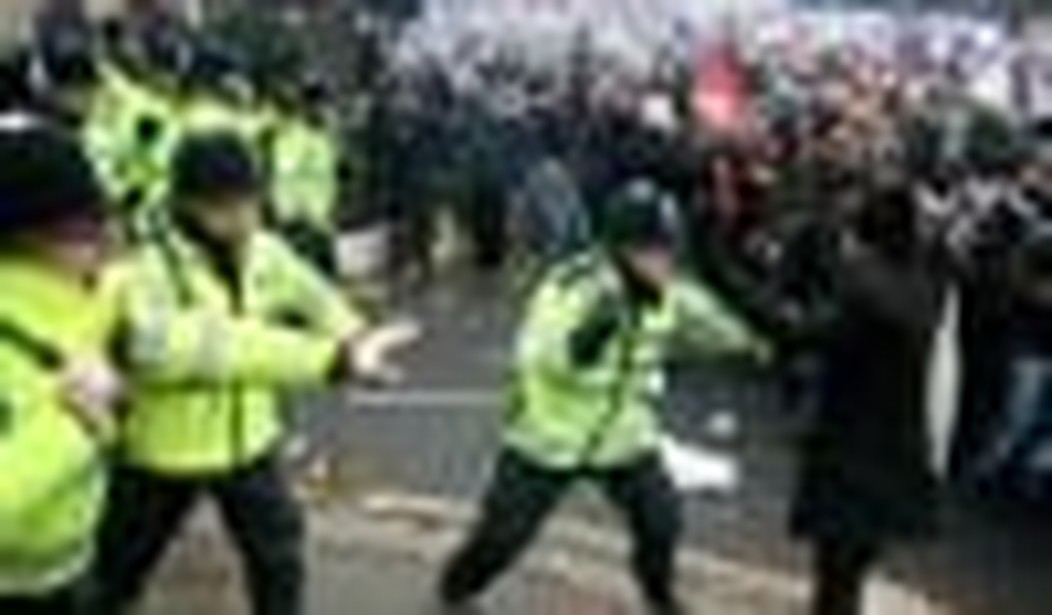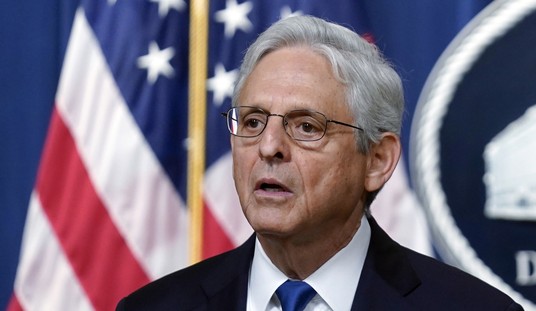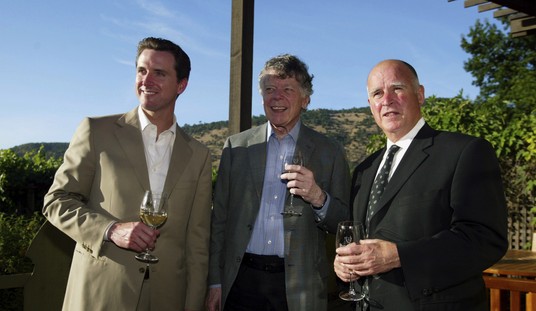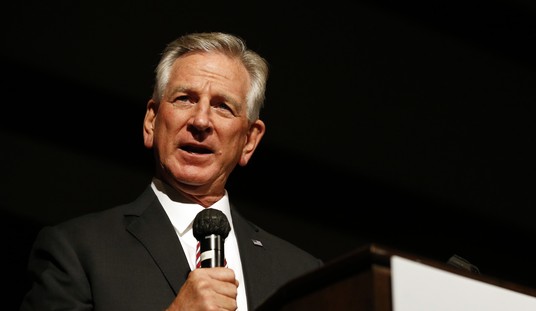The fires of anarchy burning brightly against Britain’s urban, night sky brought forth the liberal pundits who, without hesitancy, cast Britain’s rioters as victims of social policy. For these pundits, the responsibility falls on Britain’s economic austerity, which has trashed the expectations of people to a lifestyle their country can no longer afford.
The people whose stores and businesses are looted and burned and whose property and lives are taken are seldom seen as the victims of riots. Rather, we are told, it is the people who burn, loot, and kill that mandate our compassion. Indeed, when it is time for the government to respond financially to riots, it is generally social programs that get funded. Destroyed businesses and those who were dependent on them for their livelihood are beyond the pale of concern.
For the mainstream media, riots are a framing for the ideology of those who edit the news. On the recent 20th anniversary of New York’s Crown Heights riot, Ari Goldman wrote in the New York Jewish Week about the riot he covered and the riot that wasn’t. What Goldman and others saw was an American pogrom with blacks attacking Hasidic Jews. What his politically correct editors at the New York Times published was the story of a racial conflict between blacks and religious Jews. Yet no one reported seeing Hasidic Jews attack blacks.
The Times congratulated Mayor Dinkins and the New York Police Department on their handling of the riot. Yet the police stood by doing nothing, and a subsequent formal investigation found that Dinkins did little to stop the riot. His police chief, Lee Brown, issued orders to the police to let violent black youths run amuck in the streets and vent their rage. For three days, the Jews of Crown Heights were chased and beaten by black mobs calling out, “Kill the Jews” and “Hitler didn’t finish the job.”
AM Rosenthal of the Times would later write an editorial apologizing for his paper’s oversensitivity that resulted in the mischaracterization of the riots.
All explanations of riots in the West find their origins in the template of the Kerner Commission report. And like mainstream media editors, the Kerner Commission’s researchers had an agenda.
“Kerner” was doomed to bias from its inception. Tom Wicker of the New York Times called the commissioners part of the nation’s moderate and responsible establishment. But the commissioners did not do the work. Social science staffers, who reflected the leftist orthodoxy of the time, did the actual work.
Social psychologist Robert Shellow, the primary researcher, quickly replaced establishment moderation with his own far left agenda. Shellow produced an inflammatory report titled “The Harvest of American Racism,” in which the rioters were exonerated for their behavior. The rioters, who ran through the streets burning and looting their way to fun and profit, were merely responding to social conditions.
Shellow’s “Harvest” so enraged Lyndon Johnson that 120 social scientists and investigators were summarily given their walking papers. Still the Kerner report clearly reflected Shellow’s earlier agenda. Kerner held the larger society — not the rioters — responsible for the riots.
The social science logic was straight out of a Berkeley coffee house. Since rioters were discriminated against across the most meaningful social dimensions, discrimination was the cause of the riots. Such thinking led to rather obvious questions that were ignored. Why were the night skies of Los Angeles, Chicago, and New York, for example, lit up with the fires of riots and not places like Jackson, Mississippi; Atlanta, Georgia; and Mobile, Alabama, where discrimination was far worse? Why had such riots not occurred in the period of the Great Depression when the gap between black and white poverty was even greater?
Elsewhere in the academic literature, I show that by the most common social science conventions, the Kerner Commission and its ancillary studies were long on intuition, ideology, and some rather bad calculations, and short on substantiating causality in any meaningful sense.
The various black interest groups were able to seize upon the highly politicized Kerner report to buttress their own agendas for social programs. This was Lyndon Johnson’s reason for the commission from its inception. Johnson had restricted appointments to the commission to people who had eagerly embraced his Great Society programs.
After riots broke out in London’s Brixton section in 1981, the British, too, created a commission. The Scarman Commission, like Kerner, found discrimination to be the cause of the riots, lifting the American template across the Atlantic and squeezing it into Brixton. Scarman sounded like Kerner’s echo, showing remarkable sympathy for the rioters, but little for the police who had faced, in Brixton, escalating crime and violence caused by black immigrants and white nihilists.
Rioting had to be explained. Police behavior only had to be labeled as racist. Discrimination caused the riots. If so, Scarman, like Kerner, had some obvious problems. If discrimination caused the Brixton riots, how does one explain the overwhelming participation of whites in the riots, some of whom proclaimed their nihilism by yelling, “We want riots, not jobs”?
Ironically, the one consistent finding of the Kerner Commission that leftists seldom want to publicize is that riots become inflamed when the police fail to respond decisively. Nothing ends a riot like a swift, strong, and well-coordinated response by authorities. Nothing enhances it like the police letting the rioters vent their anger, as in Crown Heights or in the early hours of the Rodney King riots.
Putting 16,000 police into the streets of Britain finally brought an end to the current spate of riots. But rest assured, when Britain’s next riot commission report is issued, there will be a call for more social programs of the type that is bringing all of Europe to the edge of economic implosion. Indeed, former Prime Minister Tony Blair, on August 22, 2011, called for massive social intervention to respond to the conditions that “caused” the riots. We’ve heard it all before.









Join the conversation as a VIP Member